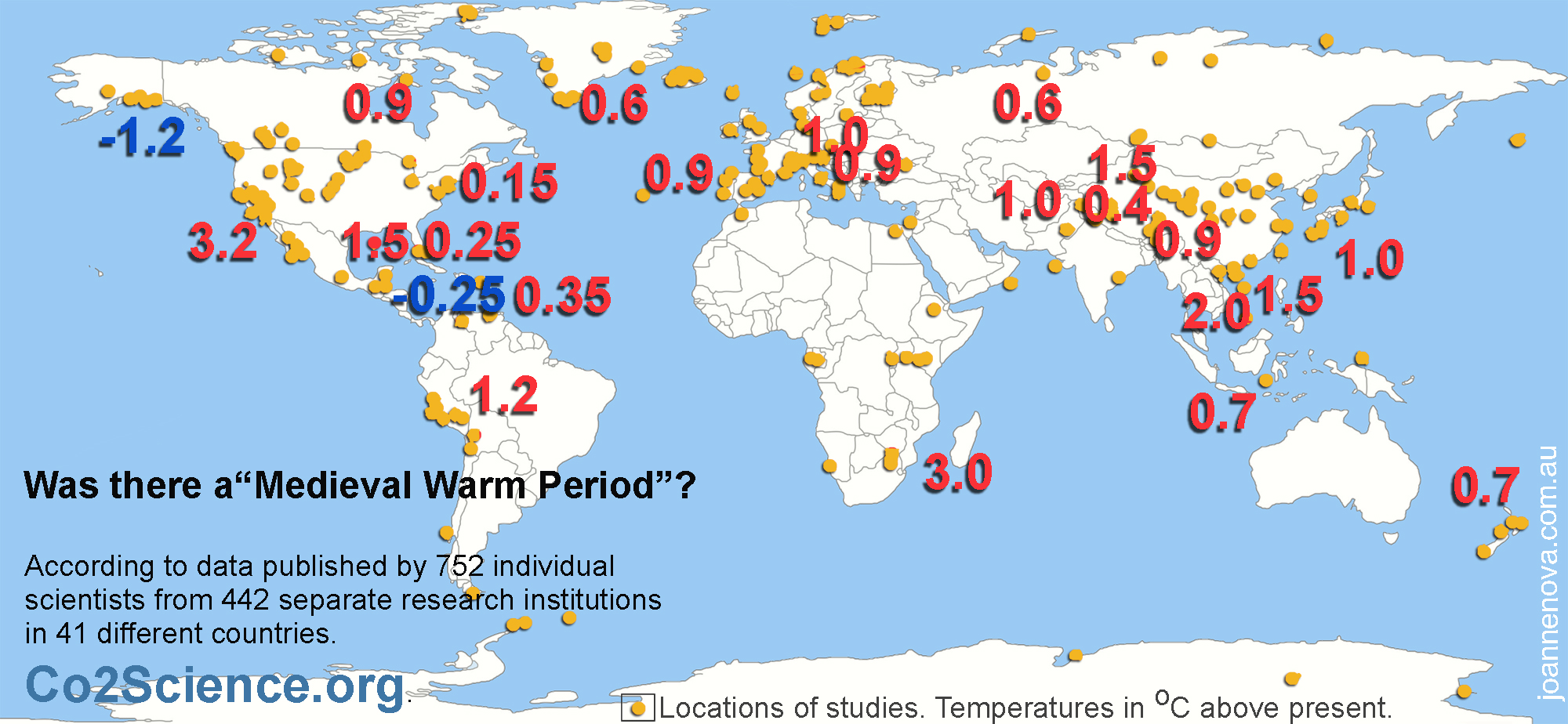Trakar
VIP Member
- Feb 28, 2011
- 1,699
- 73
- 83
A point here. Were India and China to suddenly lower their emissions, we would get an immediate, decade, spike in temperatures. This is the Faustian Bargain Dr. Hansen described so well.
True, as aerosols tend to settle/condense out of the atmosphere over about a decade's worth of time, whereas the nominal and unqualified atmospheric half-life (residence) for CO2 is measured in centuries.





